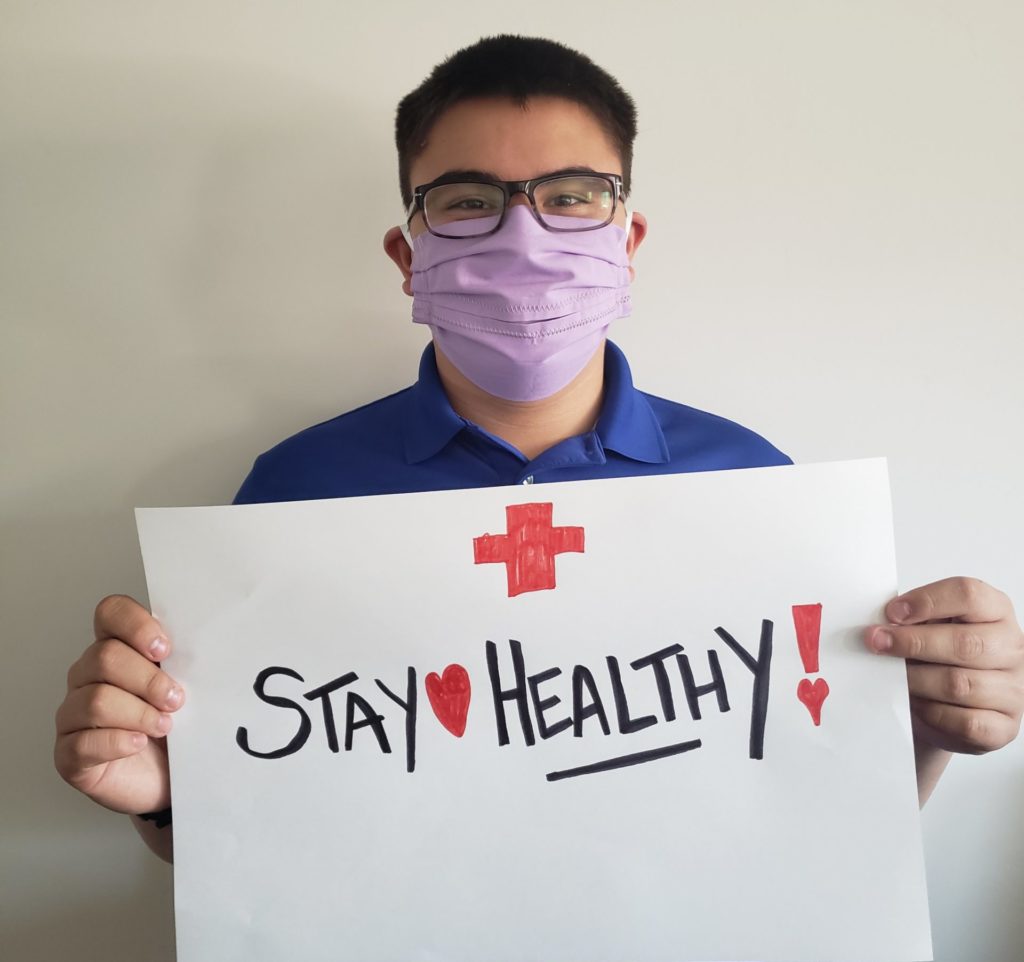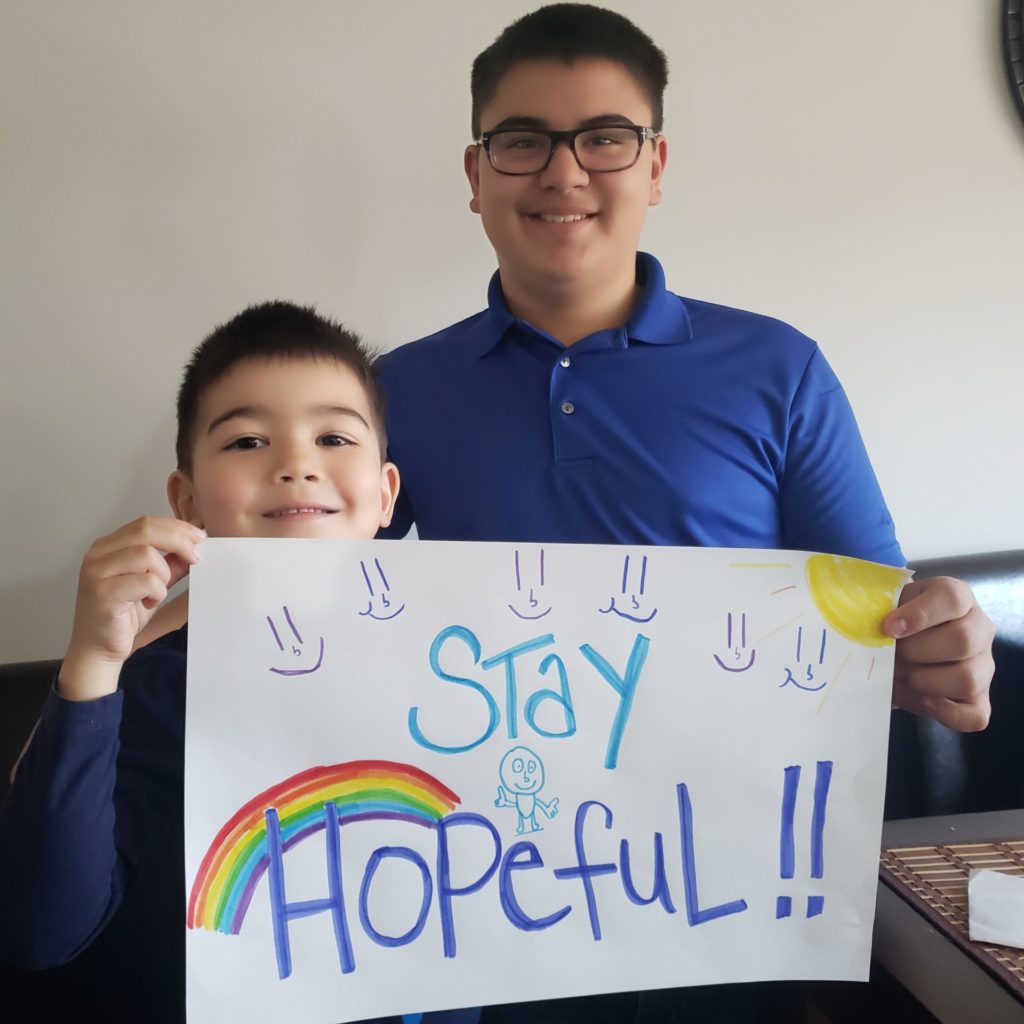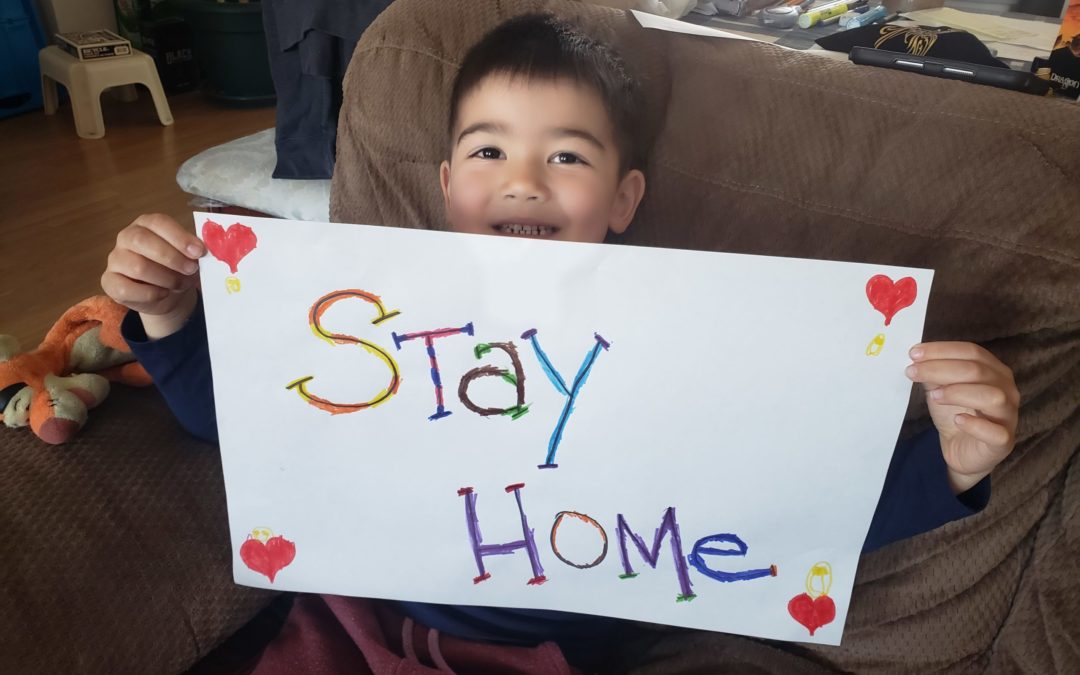Everywhere you look, there is news of the novel Coronavirus 19, more commonly known as “COVID-19”. Whether it be reports of new outbreaks, business closures or updated information, everyone has something to say about this new virus. I wanted to take a moment to clear some confusion around the virus and review what we should be doing in order to protect ourselves.
Coronaviruses are a large family of viruses that can occur in animals and humans. Typically, coronaviruses that affect humans are associated with mild illnesses like the common cold. COVID-19 is one of the few coronaviruses that has passed from animals to humans and its effect on humans can be very serious.
The disease causes respiratory illness (like the flu) with symptoms such as a cough, fever, and in more severe cases, difficulty breathing and pneumonia in both lungs. Some individuals may exhibit mild symptoms or no symptoms at all – which is part of the concern.
The reality is that thousands of people around the world will be affected by this disease, so Canadian government has recently put restrictions in place and asked the general public to self-quarantine in an effort to slow down the spread of COVID-19. The greater the spread, the more drastic the measures that will be taken, so these restrictions will change frequently in the coming weeks. While this will negatively impact businesses, sporting events and social activities, it is still very important to do our part to help “flatten the curve”.
What is the curve? Simply put, the curve in question is the projected number of COVID-19 cases within a specified period of time. Why is it important to flatten the curve? Our healthcare system can only serve so many people at a time, and if we can slow down or stop the spread of the disease, then our healthcare system will be better able to help everyone who will be affected over time. Hospitals will be able to serve efficiently, proper medical support can be offered to more people, and supplies (like proper personal protective equipment for medical professionals) will be readily available. In turn, this will bring more recoveries from this virus!
Hard fact: COVID-19 is an infectious disease that can be transferred easily from person to person. Because it spreads so easily, it is vital to take responsibility for our own health and safety.

Here are things that you can do to protect yourself and help your community;
Healthy Hand Hygiene — WASH YOUR HANDS!!! Yes, you hear this all the time. We’ve been hearing it since we were children, but I cannot emphasize this enough. Person to person transfer happens when someone carrying the disease coughs or sneezes on you, but also if you touch a surface they have coughed or sneezed on and you touch your face after. It is extremely important to always practice healthy hand hygiene and refrain from touching your face, especially your nose and mouth.
Physical distancing – Creating physical distance between yourself and others. This means that you ONLY go out for essentials, like groceries or medication. While you are out, you maintain at least 6 feet of distance between yourself and other individuals. Avoid large gatherings (ie parties, restaurants) or areas that you would run into larger crowds (ie parks, indoor playgrounds). Remember, while it is necessary to maintain physical distance, we live in an age of modern technology where we can still easily connect via phone or video chat in order to stay emotionally connected to our loved ones.
Self-isolation – If you start to feel flu-like symptoms, have been in contact with an individual suspected or confirmed to have COVID-19, have traveled recently or have been in contact with someone who has traveled recently, isolate yourself at home for the recommended period of 14 days.
Self-quarantine – STAY AT HOME. If you are healthy and part of the more vulnerable population, meaning you are very likely to suffer severe symptoms of COVID-19, stay at home for your own protection. If someone in your family is part of the more vulnerable population, then self-quarantine is also the smarter option. Physical distancing only goes so far — literally. Limiting or eliminating exposure risk could save a life.
Take Advantage of Technology – While it may feel like a hardship to follow the new government restrictions and safety protocol mentioned above, it is essential for all of us to do our part to slow down the spread of COVID-19. However, staying physically distant does not mean we can’t stay connected. We are fortunate enough to live in a society that offers many wonderful delivery services that bring essential items to your doorstep. We also have access to technology like phones and tablets that can easily keep us connected to our loved ones. Laptops and computers allow us to work from home, and even provide access to online courses being offered for kids that are currently not able to attend school. Pick up your phone and call your friends and family, keep yourself emotionally connected and brighten someone’s day. Mental wellness is just as important to our overall health.
As a company, CSS is doing everything possible to slow the spread of this infectious disease. We have been following safety protocol and providing essential services while minimizing exposure to our staff and our clients. If you or your loved one is in need of assistance during these trying circumstances, we are happy to help keep your vulnerable loved ones safe and at home by offering our driving services to bring necessary groceries and supplies to their door.
Let’s work together to slow the spread of COVID-19, protect our community, and continue to flatten the curve… and don’t forget to wash your hands. 😉

Extra reading and reliable resources:
https://www.livescience.com/coronavirus-flatten-the-curve.html
https://www.weforum.org/agenda/2020/03/should-you-self-isolate-self-quarantine-or-self-monitor/

